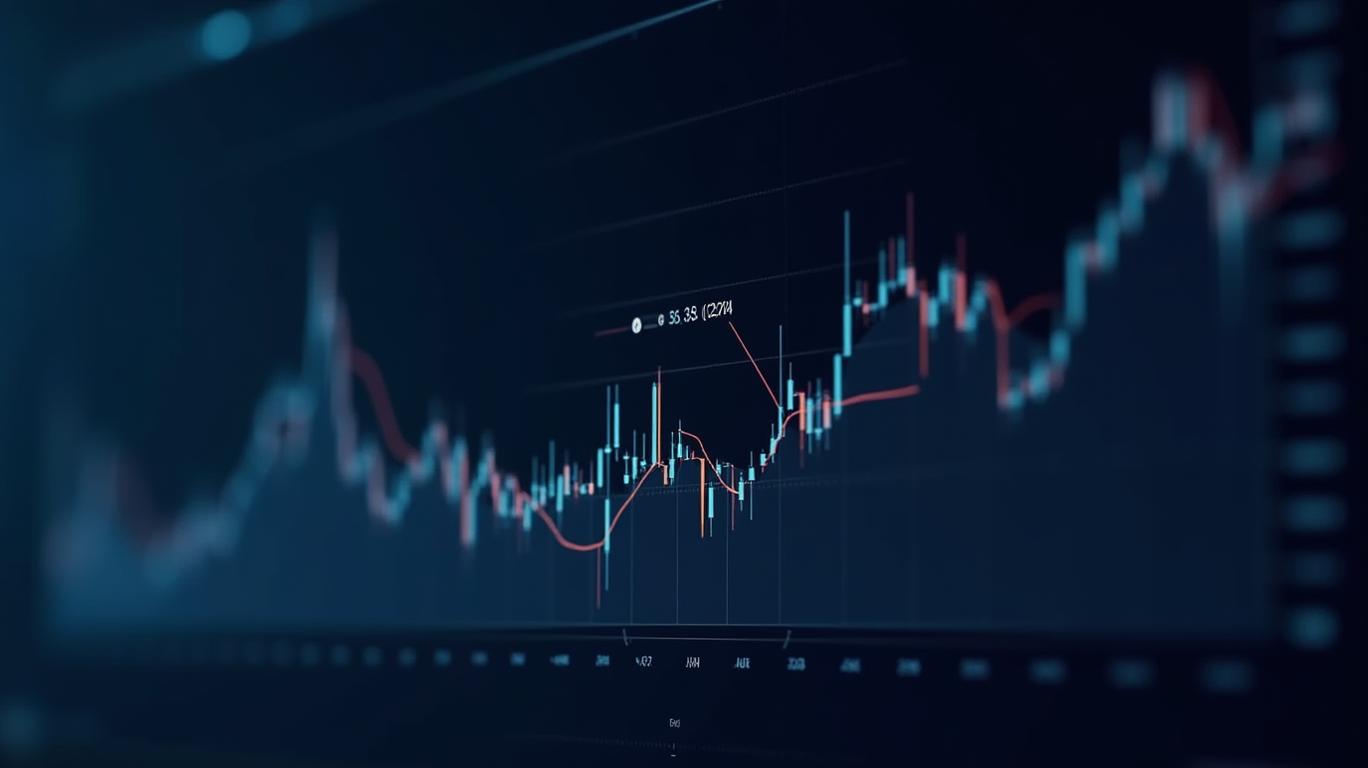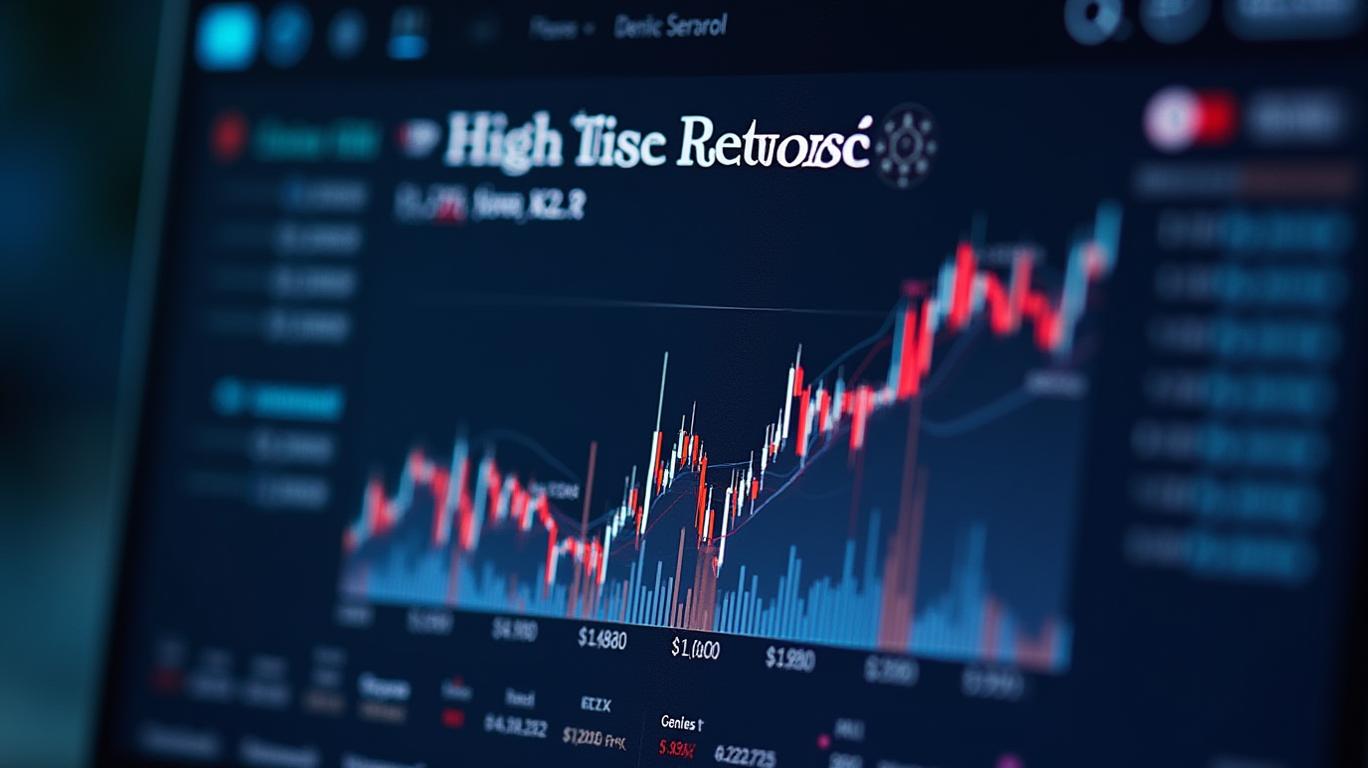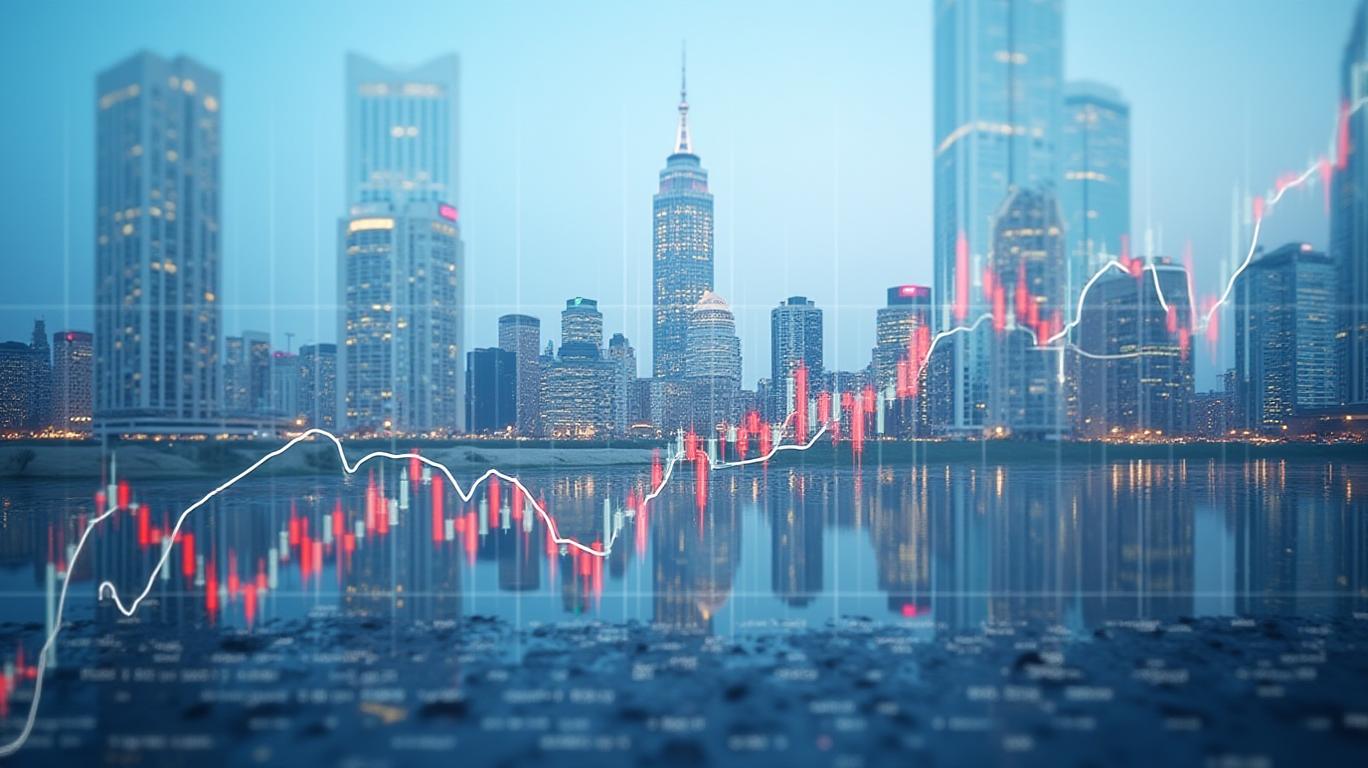FS KKR Capital: Can a 15% Dividend Yield Hold Up?

FS KKR Capital Corp (NASDAQ: FSK) is offering investors a dividend yield north of 13%—and as high as 15% during market swings—through its strategy of investing in middle-market U.S. debt. But can this income engine sustain its payouts in a tightening credit environment? Let’s dissect the numbers behind the eye-catching yield and weigh its risks and rewards.
The Dividend Machine: Sustained Payouts, But How Safe?
FS KKR’s current dividend of $0.64 per share quarterly (annualized to $2.56) delivers a 13.3% yield based on its recent $19.21 share price. This payout has been consistent since 2024, with a CADI (Consecutive Annual Dividend Increases) score of 4 years, signaling management’s commitment to shareholder returns.
However, the dividend’s safety hinges on earnings. The dividend cover ratio of 1.5 means net income covers payouts 1.5 times over—adequate but not excessive. For context, a cover ratio below 1.0 would raise red flags, but FS KKR’s ratio leaves room for margin compression. Still, investors should note that Q4 2024 net investment income fell to $0.61 per share from $0.77 in Q3, reflecting broader market headwinds.
Financial Fortitude: Liquidity and Leverage
FS KKR’s $4.8 billion liquidity buffer (as of December 2024) provides a cushion against downturns. The company’s net debt-to-equity ratio of 104% is elevated but stable, down from 109% in Q3 2024. Management has prioritized deleveraging while maintaining exposure to senior secured loans (63.8% of the portfolio), which are first in line for repayment in distressed scenarios.

The portfolio’s non-accrual rate of 2.2% (as of December 2024) is low, suggesting limited credit defaults. Yet, the weighted average yield on debt investments of 11.3%—while healthy—has slipped from 11.9% in Q3, underscoring a competitive lending environment.
Valuation: Discounted Price vs. NAV
FS KKR’s stock trades at a 27% discount to its $23.64 net asset value (NAV) as of December 2024. This discount widens during market turbulence but narrows when sentiment improves. Historically, such discounts can reverse if fundamentals stabilize or the company repurchases shares.
The discount creates a potential upside for investors if the market reassesses the company’s value. However, persistent discounts in BDCs often reflect skepticism about dividend sustainability or economic risks.
Risks to Consider
- Interest Rate Sensitivity: FS KKR’s floating-rate loans (65.8% of the portfolio) benefit from rising rates, but higher rates can strain borrowers’ ability to repay.
- Economic Cycles: Middle-market companies face greater volatility during recessions, potentially increasing defaults.
- Regulatory Headwinds: BDCs must adhere to strict leverage limits, which could constrain growth if the Fed tightens further.
The Bottom Line: A High-Reward, High-Risk Play
FS KKR Capital’s 13-15% dividend yield is compelling for income-focused investors, but it’s not without risks. The company’s fortress-like liquidity, diversified portfolio, and disciplined leverage management mitigate some concerns. However, declining earnings and macroeconomic uncertainties cloud the outlook.

Final Verdict: FS KKR is a speculative pick for investors willing to tolerate high volatility in exchange for outsized income. The dividend appears sustainable in the near term, but success hinges on the broader economy and the company’s ability to grow earnings. For now, the yield is a draw, but keep a close eye on Q1 2025 results (due May 7, 2025) for clues about future payouts.
In sum, FS KKR Capital’s 15% yield isn’t a free lunch. It’s a bet on the resilience of middle-market debt and management’s ability to navigate a tightening credit environment. Proceed with caution, but don’t ignore the income potential entirely.


_442a2dcc1749832873286.jpeg)
_e68fac6d1749831664430.jpeg)






